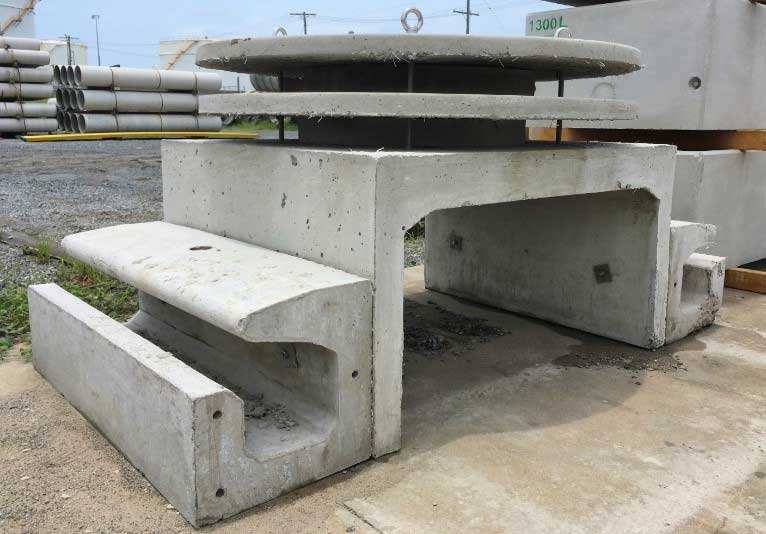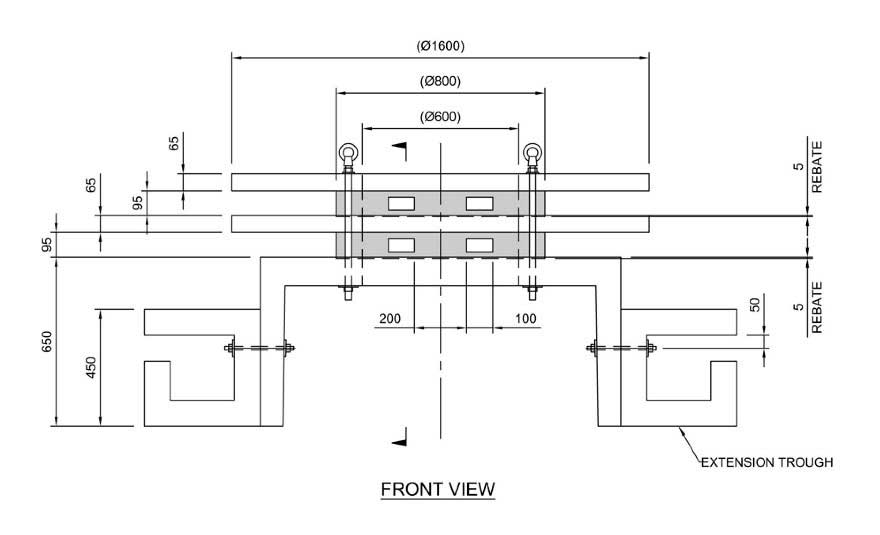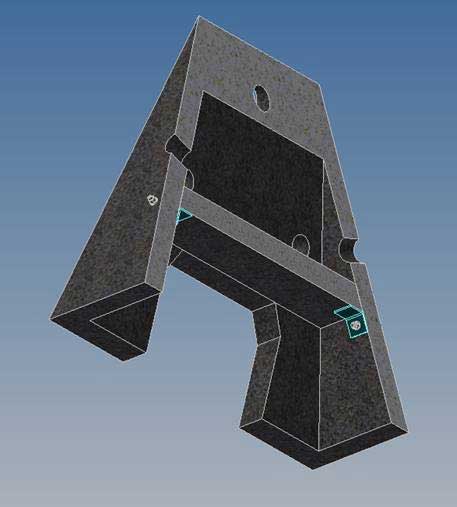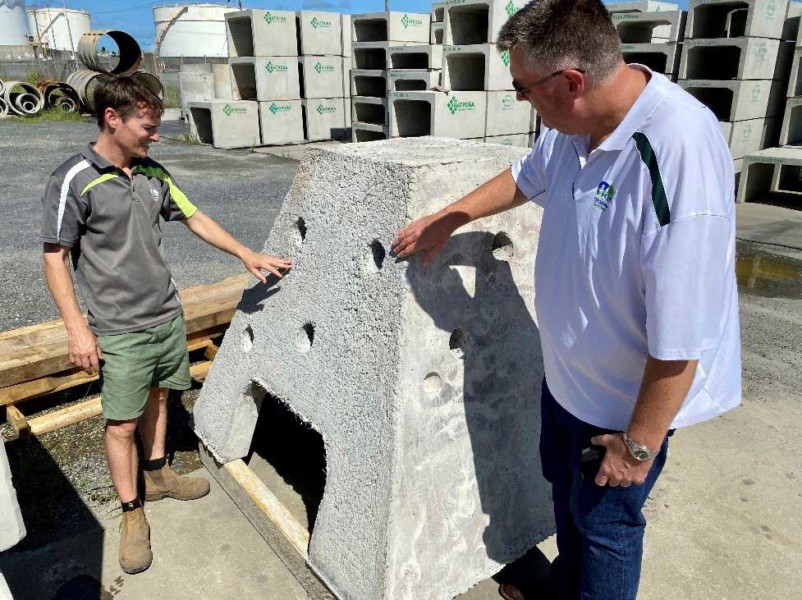Innovative fish habitat reef modules
May 20, 2020
A state of steady decline Structurally complex fish habitats and coral reefs are in a state of steady decline, with much of the damage to high-quality habitat caused by human activity. Along the east coast of Australia, hard, vertical relief habitats such as oyster reefs, sub-tidal coral reefs and rocky outcrop reefs have been severely…
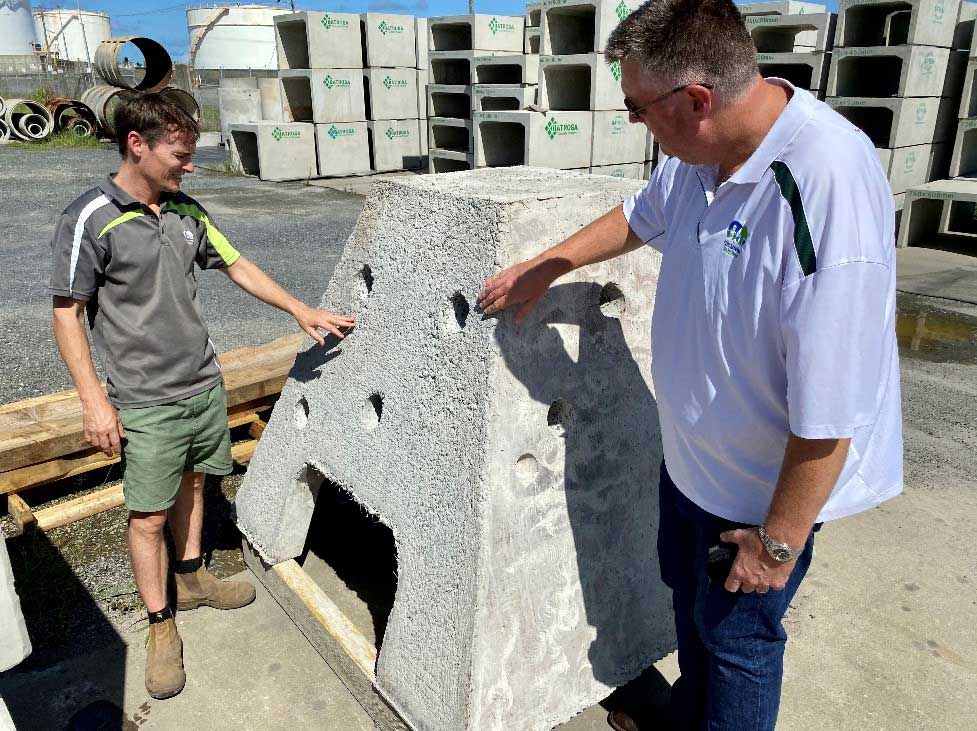
A state of steady decline
Structurally complex fish habitats and coral reefs are in a state of steady decline, with much of the damage to high-quality habitat caused by human activity. Along the east coast of Australia, hard, vertical relief habitats such as oyster reefs, sub-tidal coral reefs and rocky outcrop reefs have been severely impacted by intensive land use practices, to the detriment of both fisheries resources and coral reef habitats.
In order to address the declining quality of hard, vertical fish habitat and to provide opportunities for coral reef growth, Fisheries Ecologists at Catchment Solutions set about designing artificial fish habitat structures, which also specifically incorporate features to promote and facilitate coral growth. Through consultation with recreational fishing experts, spearfisherman, divers, coral reef experts and fisheries biologists with experience in tropical Queensland waters, two key fish habitat designs were devised. Importantly, the fish habitat structures were designed specifically to;
- Provide habitat to predatory, target species of central Queensland such as barramundi, coral trout, fingermark and black jewfish,
- Provide refuge and shelter for juvenile species, and
- Provide conditions for the rapid settlement and colonisation of hard and soft corals, polychaetes, molluscs and other sessile marine organisms.
‘Ledge and Cave’ habitat reef module
The first design, termed the ‘Ledge and Cave’ habitat reef module, is constructed from pre-fabricated concrete components. This reef unit features a large central cave, with two smaller cave-like habitats attached along the outside walls providing additional surface area contact with the substrate to increase stability and reduce subsidence. Two large, round ‘table top’ plates are located above the central cave, providing overhanging shade and refuge over a large surface area. They also provide vertical habitat designed to manipulate tidal currents, creating eddies which attract bait fish and schooling pelagic fish species such as trevally and queenfish.
‘Pyramid’ habitat reef module
The second design termed the ‘Pyramid’ habitat reef module, is constructed from concrete cast into a large, steel mold of the reef module. The ‘Pyramid’ reef module features a central cave located within the bottom of the unit and an enclosed chamber in the top of the unit, only accessible through a series of small holes. It is anticipated that larger predatory species will utilise the lower cave, while juveniles and smaller species such as bream, mangrove jack, and baitfish will seek refuge within the enclosed chamber.
The habitat reef modules also incorporate design features critical to promoting coral colonisation, including high surface area, roughened external surfaces, small grooves throughout the roughened surfaces, and vertical and horizontal complexity in the form of underhangs and ledges. The calcium bicarbonate used in the concrete is also biologically suited to promoting and facilitating coral settlement and growth.
It is anticipated that the greatest benefit can be achieved by arranging four ‘Pyramid’ modules around a single ‘Ledge and Cave’ module as a ‘set’, and by placing a number of sets within close proximity to achieve maximum utilisation by fish, and coral recruitment. The habitat reef modules are suitable for a range of projects, including fish habitat improvement works at land-based recreational fishing access points, coral reef restoration activities, eco-tourism ventures for snorkeling and diving sites, and also through utilisation as fish-friendly mooring systems.
